TIL - Mentality of a start-up with resources of an established Co: Gulshan Verma
Times Internet has been firming its presence in the digital landscape, reaching over 150 million visitors and serving 2 billion page views every month across web and mobile, with businesses across news, entertainment, sports, local, ecommerce, classifieds, start-up investments, local partnerships and more. Today, it has a diversified set of 30+ digital consumer-facing businesses.
Times Internet carries with it 175 years of prestige associated with the Times of India Group, yet it stands independent as a collective of start-ups offering dynamic digital products, including the Colombia property.
Gulshan Verma, Chief Revenue Officer, Times Internet, who joined the organisation around four months’ back has his hands full taking forward the various digital properties of the group. In conversation with Adgully, Verma speaks at length about the digital surge of Times Internet, Colombia platform, growth of native advertising in India and more. Excerpts:
Adgully (AG): It’s been around four months since you joined Times Internet as Chief Revenue Officer. How are you settling in?
Gulshan Verma (GV): As Chief Revenue Officer, my work has everything to do with revenue – whether it is our advertising businesses like The Times of India, Economic Times, the Columbia business, as well as Dine Out. Through our network, we reach almost 150 million people in a month across all our properties. What got me excited about the opportunity at Times Internet is that we provide a very interesting perspective to a CMO or a VP at marketing on what the online consumer is doing. As CMO, you need to understand what people are searching for. Apart from that, you also need to understand how people are connected on social networks that may be by interest or personal friends or it may be professional networks. I think it’s important because you need to know who you are sharing with. Thirdly, following your passions and your interests not just to follow them, but to engage them and ultimately even them to buy. This is where Times Internet can really help because I don’t think right now anybody in this space has the reach and the range of solutions to put it in a video.
For example, our publications are available in 11 languages from English all the way to Marathi and Bengali. All these languages are very important for us right now and they are growing really fast, establishing on size year upon year in terms of usage. Then we have business and financial news, which are also important. The interesting thing is that we have a perspective on everyone who is moving house when they come to Magic Bricks to learn about the housing options available. I am pretty convinced right now that 85 per cent of the people who want to move house and are looking at the digital medium to serve their needs will come to a Times Internet property in multiple formats.
AG: Please tell us about the Columbia Property platform.
GV: If anyone wants to book a restaurant on Valentine’s Day, we know who they are, which restaurants they book into, and which places they are going to. We have a business that provides websites and gets small businesses online in 30 minutes. No matter who you are, I think we are able to understand the online consumer not just in terms of what kind of content they consume, which is a big deal, but also what they are actually paying for, what they are downloading, etc.
We have a smart app, which had 100,000 downloads in its first month without any marketing expenditure. This analyses your phone and data usage and recommends a plan for you. The goal is to save you roughly 20 per cent of your phone bill.
We have 1,000+ engineers at TIL creating value not just in terms of content but in entertainment as well like Gaana, classified business like Magic Bricks and Times Job, and also transaction business like Dine Out. All these give us a really strong insight of the consumer, which leads me to Columbia. I think that Columbia is a very interesting platform, which allows users to let native content recommendations like widgets to do three things. First is helping publishers to get new users and engage them. Second is generating monetisation for publishers in a more native friendly format. It’s more like a subset system just like when you go to Yahoo, Facebook and Google, where you can create your own ID and manage things from there. This we are looking at with hundreds of thousands advertisers working with us. We get our own technology.
AG: Is Columbia a new platform?
GV: We started working on the Columbia platform a couple of years ago in different modules. Just recently we have started adding more publishers. I wouldn’t call it an ad network, the reason being that it is not much about monetisation. From a publisher’s point of view, it helps you get new users because we get content recommendations from publishers. Sometimes it turns up from different sites and sometimes they pay and click on the recommendations that come on the sites. Secondly, we use algorithms to recommend all the stories and this is the only platform in the market that offers solutions in so many Indian languages. We are not building it only for Indians who speak English fluently, but all of India because today its 300 million people on the Internet, it will be 500 million people in a couple of years.
AG: With the focus on regional audience, how are you strategising for the smaller markets?
GV: Our focus is on news. We are currently working on an app. Besides, we are adding about 8 to 10 publishers on a regular basis. I am very particular about the user experience for people who are paying for the news content. So we look at news as important content and within that we are looking at verticals such as finance, lifestyle, and parenting.
We intend to harness the potential of smaller markets like Bhopal, Indore, Nagpur, etc., by setting up digital sales teams there in addition to the response teams already present there.
AG: Could you give an example of a publisher whom you have just added?
GV: Punjab Kesari. What is interesting to note here is that it is a Punjabi news site, but a lot of usage comes from Canada. We have also added Gujarat Sandesh. If I add up all the usage, it adds up to about 40 million users roughly.
AG: So the total inventory you have is around 40 million?
GV: No, it’s the total number of users of the non-TIL publishers.
AG: How are you going about monetising the operations for Punjab Kesari and Gujarat Sandesh?
GV: Monetisation happens, but the way some of the publishers look at us today is through our agency partner. It is more by getting the users engaged because digital is a new medium and the audience is coming online for the first time. Both Punjab Kesari and Gujarat Sandesh have very robust sales teams. Probably sometime this year, we might let them go into the ‘you sell-we sell’ model. Which means, they can take our technology and platform and use us to sell in places they don’t cover. For example, we have teams in New York. We have teams of users that are looking into pan-national campaigns. Monetisation needs to work on each others’ strengths, which is not there today, but it will be in a few months. That is how the industry model is; it’s not a unique model, but what is unique is that we handle all the Indian languages. For the monetisation that we bring in, we are not just about the sales people, we have 11+ offices and are building two new offices in India every quarter. That’s where we see the growth coming from. The Tier 2 and Tier 3 cities are ready to come on board.
AG: So this new office that you are mentioning in Bhopal is an extension of the Times office currently there or are you putting up a sales team there?
GV: We are putting up a sales team there. That is a digital-only sales team.
AG: What category of clients are you looking at from there?
GV: I think education, real estate, government are the three most obvious categories that we are looking at, because even in Bhopal the users are online right now. They are on our Gaana app and on various kinds of other sites to look for different things and they want to be in touch with our Indiatimes new social perspective. All these things make them a perfect reach. We might also look at FMCGs and think about pan-national campaigns because most FMCGs try different things in markets like Tamil Nadu, because it’s a contained market. So we are now up for that ability for significant coverage targeted in that market. Another interesting thing about Columbia is the self-served market. The self-served market allows users to match up on campaigns and allows them to pay by credit card or Paytm or any other mobile wallet when they are on campaigns.
AG: What about the pricings?
GV: I think what drives pricing or the RPMs from an advertising perspective is that you pay on a cost-particular basis. For instance, today for native advertising you can build whatever price you want. Of course, you have a recommendation on the perspective and then you can take it from there. The RPMs that we generate are not like display advertising, which is a standard implementation. We work with the publisher very closely. We have so much coverage in terms of publishers, hence we have people in most places that can work with them.
AG: If that is the model, then a lot of hand holding must be required...
GV: I think in the early days that would be the case, but automation is happening at a much faster rate. The layout of the recommendations can be very specific. So, you can say, I just want images or I just want text or this particular font. It’s a user friendly format. The publisher has control, so they can actually block out advertisers if they don’t gel with the kind of site that they have. They may also choose to prioritise monetisation or engagement or they can say that ‘I want my user to click on more stories on my site’. They can also say, ‘I want monetisation and use money to drive more users to my site’. It is important to have people who understand that business, who have worked in the news environment before and who know what matters to an editor or a marketing head or the owner of the publication. That is the big differentiation factor.
AG: Columbia has been operational for a year now. Has it delivered as per your expectations?
GV: I think it has over-exceeded my expectations. I look at Columbia’s success in 3 to 4 different ways. First is that it is in competition with other native and content providers. Secondly, it is something of interest to other publishers in the sense that we built it for ourselves first and then bringing on board other publishers. Third is from an advertiser’s perspective – that this is the tool that delivers value, reach and can be self managed. We are aiming at hitting hundreds of thousands in a year’s time. I look at the number of people who are signing up and that’s very interesting.
AG: What are the new features that have been added to Columbia post the revamp?
GV: The biggest addition has been the dashboard in the process of running out the online signup. Before it existed, you had to talk to a salesperson to place your order. Moreover, we have figured out a way to open up interesting categories to potential advertisers. You can do it in four to five steps. You can target people who want to buy real estate properties and those who want to rent out a property separately. These are based on the news articles that you have read, the sites you have visited that tell your location. A lot of it is unique to the state right now and how all that works together, combined with the force that we have put together makes it a pretty good offering.
AG: Could you tell us about the advertisers on board or the categories?
GV: I haven’t actually talked to the advertisers to be able to mention their names. In Columbia, right now the biggest categories are real estate, FMCG and publishers. Telecom is on board as well, for example, mobile handset manufacturers.
AG: What kind of growth has native advertising been witnessing in India and what are the key growth drivers?
GV: Native can be described in two ways – complex integrated content integrations, where you work very closely with the brand on the budget and it is also about presenting our perspective on their business. Then there is something I would call the native in-feed and the content recommendations. I think right now for certain publishers it is probably about 30-40 per cent of their revenue. I think what’s driving it is that display advertising has its challenges in terms of moving from desktop to mobile. For example, more than 50 per cent of our users come from mobile, which is not surprising. But the point is that an add-on mobile takes a lot of time and disruption than a native or content recommendation ad. So I think both are working together to drive that. Another aspect is that advertisers know that they have to start building brands digitally and create content. They like working with content publishers like TIL because we know how to build content. We have people who create the best writing, videos, pictures, et al. Advertisers need people with expertise on what the user wants.
AG: What kind of revenue growth are you looking at 2016?
GV: The digital advertising market is growing at around 30 per cent. TIL will continue to grow in double digits. At TIL, it has been a five-year transformation. Each of our products has their own name and identity, that’s the reason why Gaana is not called TOI Music. However, we have not been as aggressive in showcasing it to the marketing community as we should have been. So three years ago we started launching these new properties and we have also been pretty aggressive in acquiring businesses and growing them out. And all the businesses that we have acquired, the entrepreneur is with us today. I like to think of ourselves as a mentality of a start-up with the resources of a much more established company. We give our entrepreneurs a lot of freedom to run and grow the business they once founded. Part of my job is to drive those synergies, but they have to be leaders in their own fields, be it Magic Bricks or Times Job.
AG: What would be your key focus areas in 2016?
GV: Right now that would be working with marketers to help take advantage of what I call the interest graph and leveraging it. We can drive trials through our shopping technology. So we can drive everything from content all the way down to engagement and leveraging that kind of insight. Our second focus area would be growing our publisher network to be on par with anyone in India. Thirdly, grow our advertiser base from a thousand to a hundreds of thousands. If we do that correctly, we can grow maybe twice or even three times faster than the market.
AG: How do you see the Government’s Start-up India vision benefiting the digital media space? How much of it is hype and how much of it is reality?
GV: Having worked in a start-up, the recognition itself is a big step forward. We are also recognising how hard it is to run your own business and realising that it’s not just about financial support. It is also about procedures.



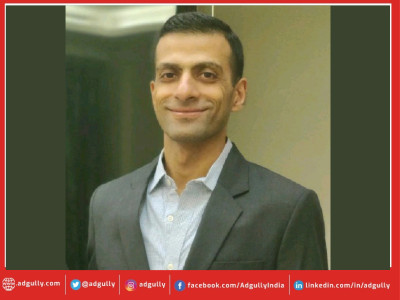
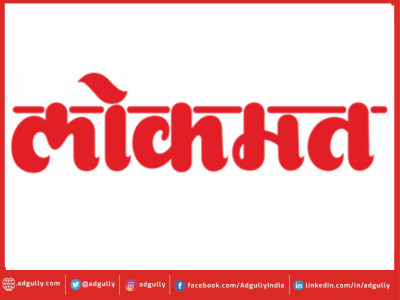
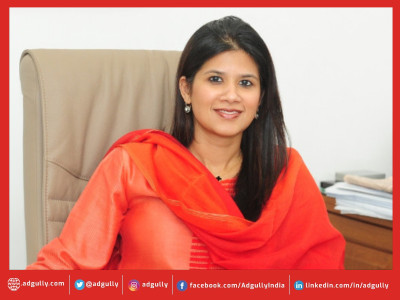
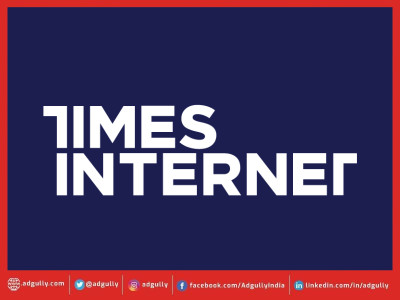
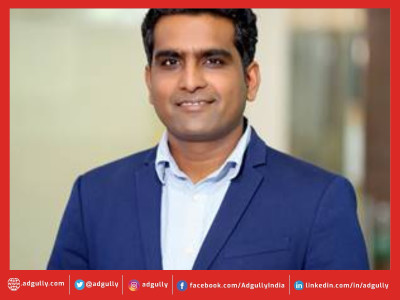
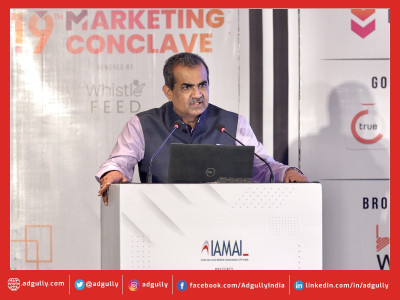
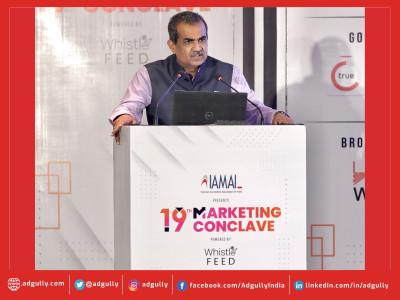
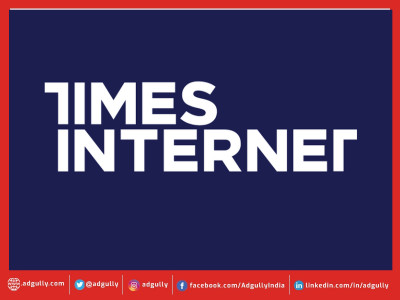

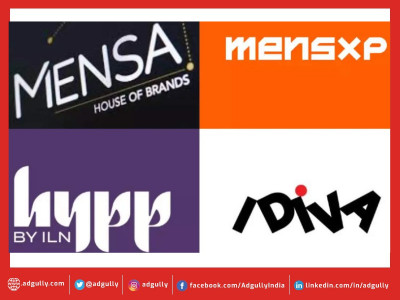
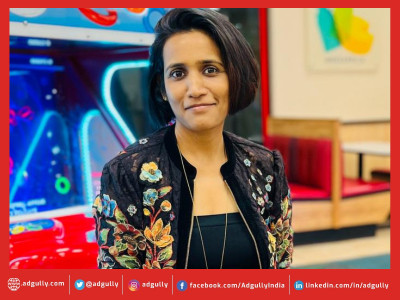
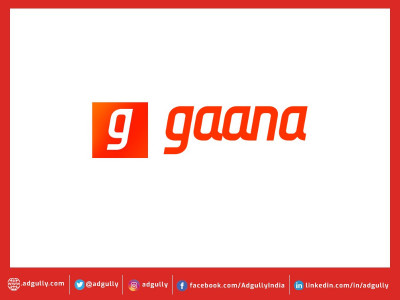

Share
Facebook
YouTube
Tweet
Twitter
LinkedIn